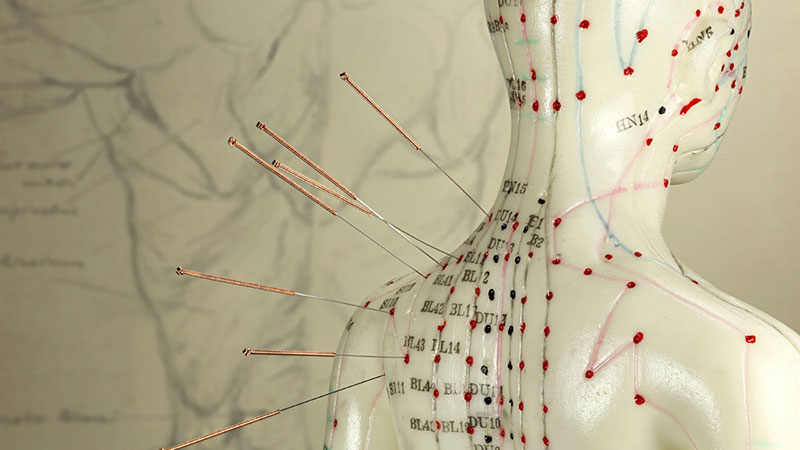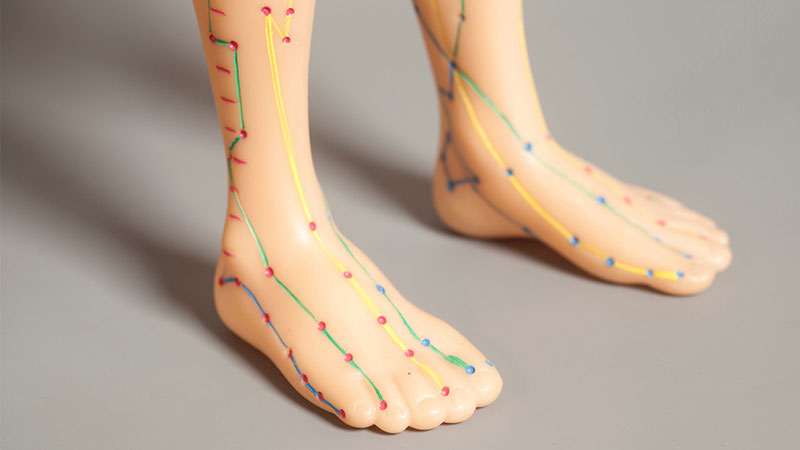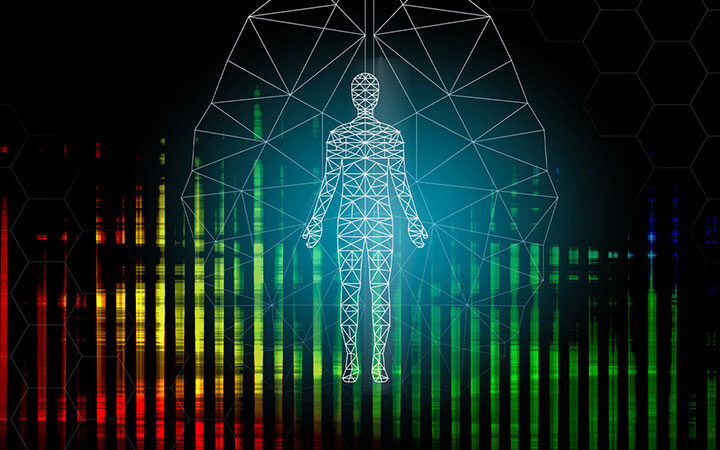Traditional acupuncture is an ancient healing practice that has withstood the test of time. It remains a vital component of Traditional Chinese Medicine (TCM) for over two millennia. As more people seek holistic alternatives to conventional medicine, acupuncture has gained renewed interest. Acupuncture has the ability to treat a variety of ailments while promoting overall wellbeing. By focusing on the body’s energy flow and restoring balance, traditional acupuncture offers a unique and time-honored approach to health. It addresses the root causes of discomfort, rather than just the symptoms.
Understanding Traditional Acupuncture
Traditional acupuncture, a cornerstone of Traditional Chinese Medicine (TCM), has been practiced for over 2,000 years. This ancient technique involves the insertion of thin needles into specific points on the body to balance the flow of energy or “qi.”. These points are known as acupuncture points or acupoints. According to TCM, qi flows through pathways in the body called meridians. Disruptions in this flow can cause illness or pain. By stimulating these acupoints, traditional acupuncture aims to restore the balance of qi, promoting natural healing and overall wellness.
Philosophical Foundations
The practice of acupuncture is deeply rooted in the philosophy of yin and yang, the concept of opposing forces that are interconnected and interdependent in the natural world. Yin represents qualities such as coolness, stillness, and darkness, while yang embodies warmth, activity, and light. In TCM, health is achieved by maintaining a balance between these forces. Acupuncture seeks to harmonize the body’s energy, addressing imbalances that manifest as physical or emotional symptoms. This holistic approach considers the whole person, rather than just the symptoms of disease.

Techniques and Practices
Traditional acupuncture is not limited to needle insertion. It often includes complementary techniques such as moxibustion, where dried mugwort is burned near the skin to warm and invigorate the flow of qi. Cupping, which involves placing suction cups on the skin to increase blood flow, and gua sha, a scraping technique to release muscle tension, are also commonly used. These methods enhance the effectiveness of acupuncture, providing a multifaceted approach to healing. The practitioner’s skill in choosing the right combination of techniques is crucial for effective treatment.
Benefits and Applications
The benefits of traditional acupuncture are vast and well-documented. It is used to treat a wide range of conditions, including chronic pain, migraines, digestive issues, anxiety, and insomnia. Patients often report improved overall wellbeing, including enhanced mental clarity, increased energy, and better sleep. Acupuncture is also known for its preventative benefits. Acupuncture helps maintain health and prevent the onset of disease. Its holistic nature makes it a versatile and effective treatment option, capable of addressing both acute and chronic health issues.
Traditional acupuncture is more than just an ancient practice; it is a powerful, holistic approach to health and healing that remains relevant today. Acupuncture not only treats specific health conditions but also fosters a sense of overall wellness and balance by focusing on balancing the body’s energy. Its versatility, combined with its preventive and curative benefits, makes it an invaluable option for those seeking a natural and comprehensive approach to health care. Whether used as a stand-alone treatment or in conjunction with other therapies, traditional acupuncture continues to offer profound healing benefits to individuals around the world.
situs togel
toto togel
toto togel
toto slot
toto slot
toto togel
situs togel
situs togel
prediksi hk
prediksi sdy
situs toto
toto slot
situs toto
pam4d
situs togel
gimbal4d
pam4d
pam4d
gimbal4d
sangkarbet
sangkarbet
gimbal4d
situs toto
toto slot
situs toto
toto slot
situs toto
situs toto
situs toto
toto slot
toto slot
pafikotatambrauw.org
pafikotapegununganbintang.org
pafikotamimika.org
pafikotamamujutengah.org
pafikotamalukutenggara.org
pafikotabovendigoel.org
pafikotamalukutengah.org
pafikotalannyjaya.org
pafikotakepulauanyapen.org
pafikotaintanjaya.org
pafikotaburuselatan.org
pafikotabiaknumfor.org
bento4d
situs togel online
situs togel resmi
toto togel
toto slot
situs hk
bento4d
toto togel
situs togel
toto togel
situs togel
toto slot
toto slot
https://www.kimiafarmabanten.com/
https://www.kimiafarmabogor.com/
rtp slot
rtp slot
https://www.kimiafarmajambi.com/
situs togel
CALL 631.360.8100
Begin Your Path To Wellness Today...
CALL 631.360.8100
Find Your Balance
Call To Book Your Appointment
CALL 631.360.8100



